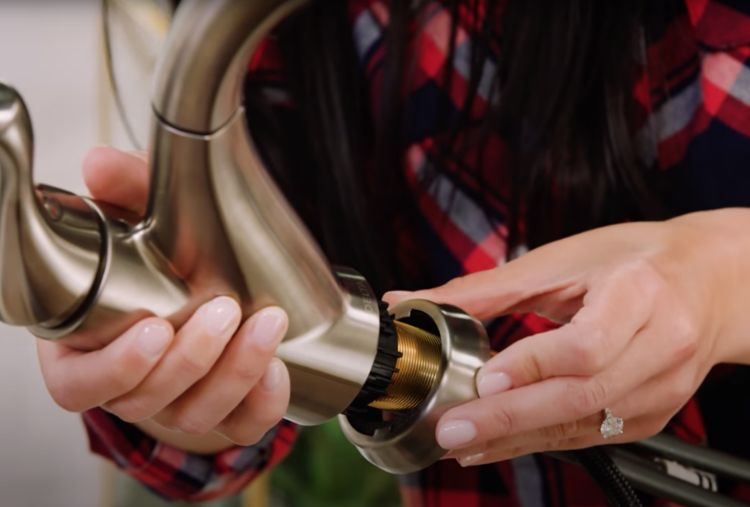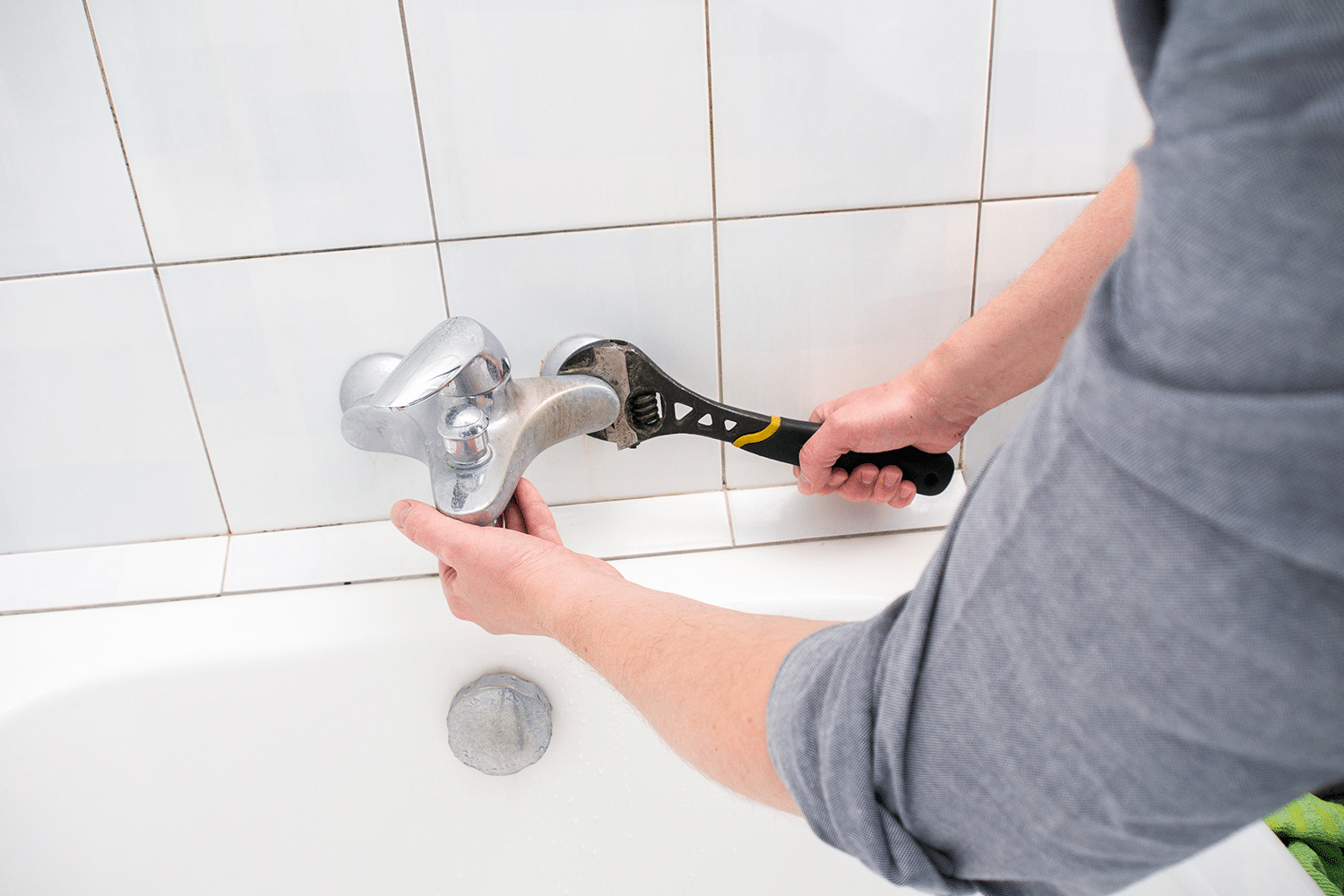Have you been looking for additional info concerning What Causes Leaky Faucets & How To Fix Them?

Leaking faucets might seem like a small hassle, but their influence exceeds just the aggravation of the noise. From wasting water to sustaining unnecessary monetary prices and health risks, disregarding a leaking faucet can cause numerous consequences. In this article, we'll explore why it's important to address this typical household concern quickly and properly.
Wastage of Water
Environmental Effect
Trickling taps add considerably to water wastage. According to the Environmental Protection Agency (EPA), a single faucet leaking at one drip per second can lose greater than 3,000 gallons of water annually. This not only pressures water resources however additionally impacts ecosystems and wild animals based on them.
Step-by-Step Overview to Fixing a Dripping Faucet
Devices Called for
Before attempting to take care of a trickling faucet, gather the needed devices, consisting of an adjustable wrench, screwdrivers, substitute components (such as washing machines or cartridges), and plumber's tape.
Usual Tap Issues and Their Solutions
Recognize the sort of tap and the specific issue causing the drip. Common problems consist of damaged washing machines, rusty shutoff seats, or malfunctioning O-rings. Describe producer directions or on the internet tutorials for step-by-step guidance on fixings.
Financial Expenses
Enhanced Water Bills
Past the environmental effect, dripping taps can pump up water bills considerably. The collected wastage with time equates right into higher energy expenses, which can have been avoided with timely repair services.
Potential Residential Or Commercial Property Damages
Moreover, extended trickling can lead to damage to components and surface areas surrounding the faucet. Water build-up can trigger discoloration, rust, and also architectural issues if left unattended, causing extra repair work costs.
Health and wellness Worries
Mold And Mildew and Mildew Development
The consistent presence of moisture from a dripping faucet develops an optimal atmosphere for mold and mildew development. These fungis not only compromise interior air top quality yet additionally present health and wellness risks, particularly for people with breathing conditions or allergic reactions.
Waterborne Illness
Stagnant water in leaking faucets can come to be a breeding ground for microorganisms and various other pathogens, raising the risk of waterborne conditions. Contaminants such as Legionella microorganisms thrive in stagnant water, possibly resulting in severe illnesses when ingested or breathed in.
Do it yourself vs. Expert Fixing
Advantages and disadvantages of Do It Yourself Fixing
While some might attempt to repair a leaking faucet themselves, do it yourself repair services feature their very own collection of difficulties. Without correct expertise and devices, do it yourself attempts can worsen the problem or result in incomplete repairs, prolonging the trouble.
Advantages of Employing a Specialist Plumber
Employing a professional plumber makes certain that the underlying source of the dripping faucet is attended to efficiently. Plumbing technicians possess the experience and equipment to detect and fix faucet concerns efficiently, conserving time and lessening the threat of further damages.
Ecological Obligation
Individual Contribution to Preservation
Taking responsibility for taking care of dripping faucets lines up with more comprehensive efforts toward water conservation and environmental sustainability. Every person's activities jointly make a significant impact on protecting valuable sources.
Lasting Living Practices
By focusing on punctual fixings and taking on water-saving behaviors, people add to sustainable living practices that profit both existing and future generations.
Safety nets
Routine Maintenance Tips
To prevent dripping taps, do routine maintenance such as cleansing aerators, evaluating for leaks, and replacing worn-out components immediately. Additionally, take into consideration setting up water-saving devices or updating to much more efficient fixtures.
Importance of Prompt Fixes
Dealing with trickling taps as soon as they're observed prevents additional water wastefulness and potential damage, inevitably saving both water and money in the future.
Impact on Property Value
Understanding of Well-Maintained Building
Maintaining a residential or commercial property in good condition, including attending to upkeep problems like leaking faucets, improves its perceived value and desirability among possible customers or lessees.
Impact on Resale Value
Residences with properly maintained plumbing components, including faucets, command greater resale values in the real estate market. Resolving leaking faucets can add to a positive impression throughout home evaluations and settlements.
Final thought
Attending to a leaking tap exceeds simple benefit; it's an important action toward saving water, lowering financial expenses, and protecting health and residential or commercial property. Whether with do it yourself fixings or expert assistance, doing something about it to repair trickling faucets is a little yet impactful means to promote accountable stewardship of resources and contribute to a much healthier, more sustainable future.
Most Common Reasons for a Leaky Faucet and How to Stop the Drip
Whether it’s your kitchen faucet leaking or a bathroom faucet leaking, one leaky faucet can waste anywhere from three to 30 gallons of water every single day. If the constant drip-drip-drip doesn’t get your attention, your water bill will. The good news is that, by following a few simple steps, chances are pretty good you can fix the problem yourself.
Why is it dripping?
Before you start taking things apart, let’s break down some of the most common causes of a leaky faucet.
Bad O-ring.
A cartridge is a valve that controls the flow of water into the faucet spout. On cartridge faucets there’s an O-ring—the little disc attached to the stem screw that holds the faucet handle in place. If it’s loose or worn-out, it can cause your sink handle to leak. Of course, the cartridge itself could be worn out. If that’s the case, make sure you replace it with the exact same kind.
Corroded valve seat.
The valve seat connects the faucet and the spout. If the leak seems to be coming from the spout, it might be because a buildup of water sediment has corroded the valve seat.
Worn-out washers or seals.
A leaky spout could be caused by a bad washer that rests against the valve seat. It’s just a matter of time before friction takes its toll. It could also be the wrong size washer or one that’s been installed incorrectly. Water sediments can also corrode inlet and outlet seals.
Water pressure.
If the faucet only drips now and then, or when you turn the handles a certain way, you should probably check your home’s water pressure.
Loose or broken parts.
The adjusting ring and packing nuts in the stream screw can become loose over time, causing your sink handle to leak. Try tightening or replacing the packing nut. If the leak is coming from the pipes underneath the sink, you probably have a broken pipe or fitting. If that’s the case, you should definitely call a plumber.
Know your faucet.
Faucets come in a variety of types. Each one has its own assembly—and its own possible causes of leaks. Learning about the four most common kinds of faucets will help you know how to take them apart and make any repairs.
How to stop a leaky faucet
Fixing that leaky faucet doesn’t have to take a lot of time, money, or expertise. It’s usually a simple matter of replacing a worn-out washer or gasket, a loose O ring, or another part. Chances are really good you can do this yourself if you follow these simple steps.
Shut off the water.
Before you tackle the faucet, cut off the water supply to the sink. There should be one valve for hot and one for cold. Hand-turn them clockwise with your hands till they close. If there are no valves under the sink, head to the basement and shut off the main water supply to the house. Then turn on the faucet until it empties out the water that’s still in the line and you’re ready to start. It’s a good idea to cover the sink drain with a plug or a rag so you don’t lose any small pieces and parts while you’re working.

Do you enjoy more info about 4 Common Reasons for a Leaky Faucet? Create a review further down. We will be glad to see your reactions about this entry. We are looking forward to see you back again soon. Remember to pause to share this page if you appreciated it. Thanks for taking the time to read it.
Comments on “How It's Important to Mend a Malfunctioning Faucet”